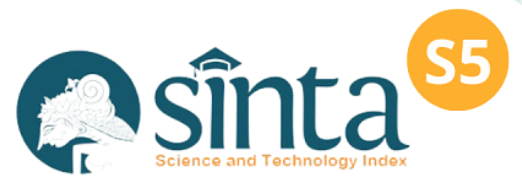Pendekatan AI dan Data Sains dalam Bencana Geo-Hidrometeorologi di Sumatera Utara
Keywords:
AI, Data Science, Geo-Hydrometeorology, DisasterAbstract
Challenges in the era of society 5.0 in disaster mitigation and management in Indonesia encourage the importance of innovation and adaptation to new technologies in dealing with geo-hydrometeorological disasters in North Sumatra, Indonesia. North Sumatra is one of the provinces in Indonesia located in the northwestern part of Sumatra Island. It is an area that has the potential for Geo-Hydrometeorological disasters, whether it comes from earthquakes, floods, strong winds, drought due to climate change, landslides, and others. In this research, disaster management is needed to provide the widest possible information to the community related to mitigation, preparedness, emergency response, and recovery. The purpose of this research is to provide an understanding of geo-hydrometeorological disasters to the people of North Sumatra, Indonesia with AI and Data Science approaches, namely Prediction and Early Warning, risk and vulnerability analysis, monitoring, real-time response, data and information management, and education and public awareness. In general, the development of informatics engineering in geo-hydrometeorology disasters based on AI and Data Science has had a very good impact, both from the code of ethics and ethics of Professional Engineers, Professional and Safety, Occupational Health and Safety, and the Environment. AI and Data Science approaches in engineering practice in the community encourage the handling of geo-hydrometeorological disasters in North Sumatra has great potential to improve the effectiveness of disaster mitigation, response and recovery. Data analysis with AI and data science approaches helps in making policies that are more targeted and effective in disaster risk mitigation. Data Science can be used to analyse disaster impacts and assist in effective recovery planning. It requires data availability, and collecting data post-disaster can be difficult, but it is essential for impact analysis and model improvement.
Downloads
Published
Issue
Section
License
Copyright (c) 2024 Marzuki Sinambela, Yustina Sri Suharini

This work is licensed under a Creative Commons Attribution-NonCommercial 4.0 International License.









